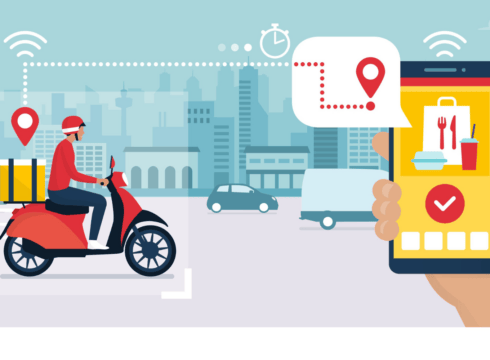The restaurants are citing higher commissions and promotions charges for the increased price
Foodtech giants such as Zomato and Swiggy had to raise take-out charges due to more focus on profitability
Such pricing strategy was limited to selected items, rather than on the entire menu
Inc42 Daily Brief
Stay Ahead With Daily News & Analysis on India’s Tech & Startup Economy
Restaurants listed on food delivery platforms including Zomato, Swiggy have started charging consumers on an average around 10% more than the prices listed on menus in their stores.
The restaurants are citing higher commissions and promotions charges for the increased price, Mint reported citing a Jefferies report.
As per the report, foodtech giants such as Zomato and Swiggy had to raise take-out charges due to more focus on profitability. Eventually, it has prompted restaurants on differential pricing, while packing and delivery charges remain over and above.
The report is based on survey results carried out by the brokerage firm where it surveyed 80 restaurants across the top eight cities. As a method, it compared their online and offline prices.
It created 240 orders ranging from INR 120-2,800 per order. Moreover, a mix of quick service restaurants (QSRs), full service cafes, ice-cream parlours were selected.
Among the surveyed restaurants, 80% of the restaurants had higher menu pricing on food delivery platforms, compared to the printed menu price for dine-in.
“More than half of these restaurants charge a premium that is less than 10%, with median at 10-11%. However, nearly 20% of them charge a premium that is in excess of 30% to the printed (online) menu pricing; we also saw a few instances of premium being over 40% (highest at over 60%),” the report said.
It must be noted that such pricing strategy was limited to selected items, rather than on the entire menu. Even some of the larger restaurants are considering if different products can be introduced for aggregators to enable differential pricing.
On the other hand, some outlets such as ice cream parlours, price products lower than dine-in.
Such price hikes may lead to customer dissatisfaction. Moreover, it can give birth to new opportunities for hyper-local delivery platforms to enable own-deliveries by restaurants, However, given the strong brand recall of Zomato and Swiggy, this looks like a remote possibility currently, the report added.
Zomato earlier faced allegations of unfair business practices for the difference in food prices of the same items offline and on the food delivery platform. At that time, it said that it had no control over such price differences.
In the past few years, India’s food delivery market grew in leaps and bounds.The Indian online food delivery market is expected to grow at a compound annual growth rate (CAGR) of 28.9% between 2022 and 2027, a report said.
{{#name}}{{name}}{{/name}}{{^name}}-{{/name}}
{{#description}}{{description}}...{{/description}}{{^description}}-{{/description}}
Note: We at Inc42 take our ethics very seriously. More information about it can be found here.


